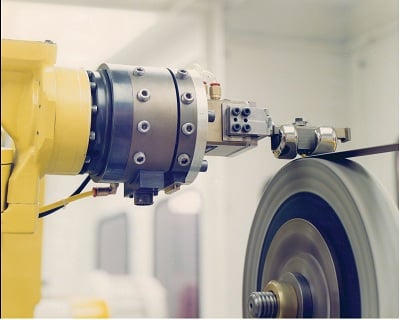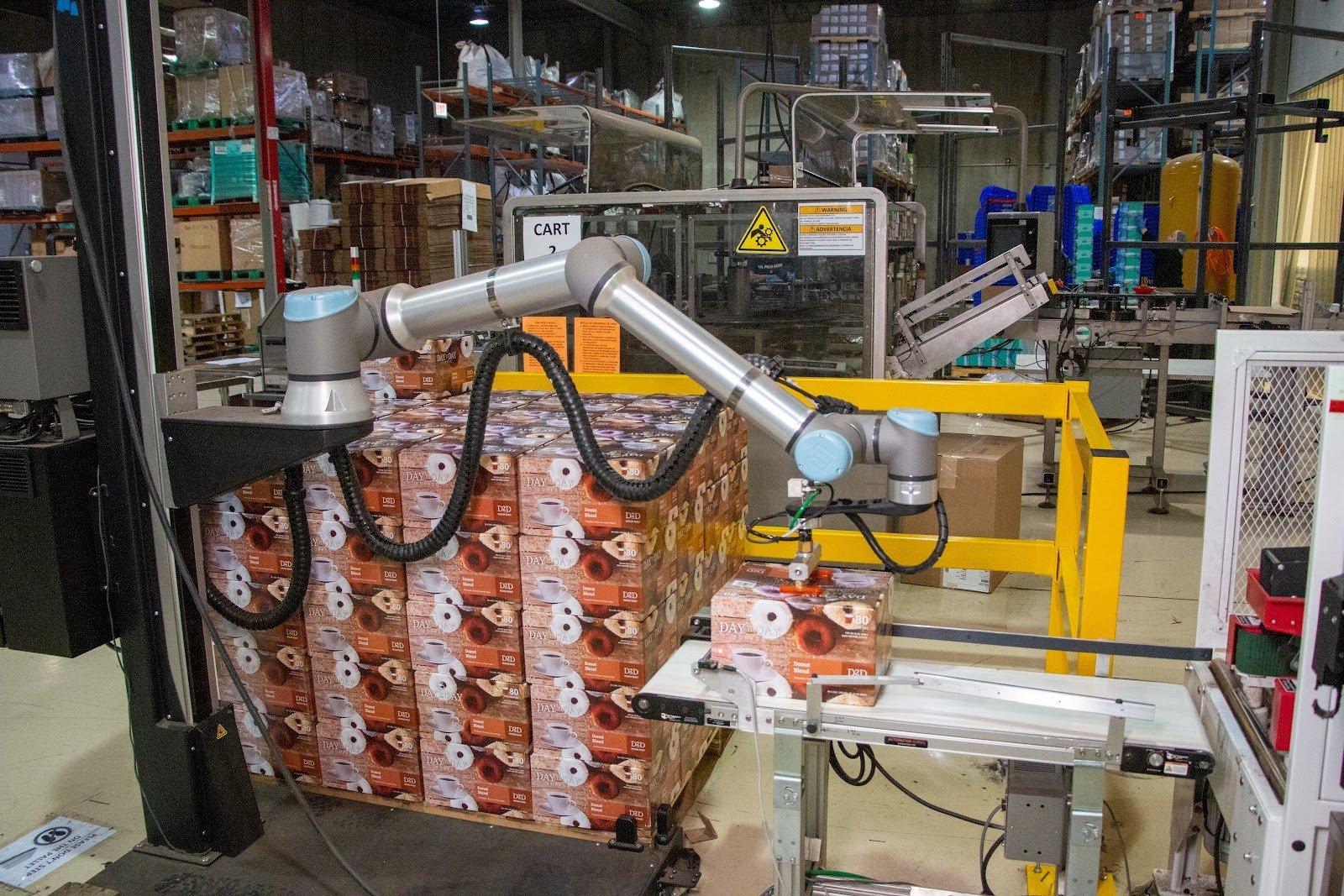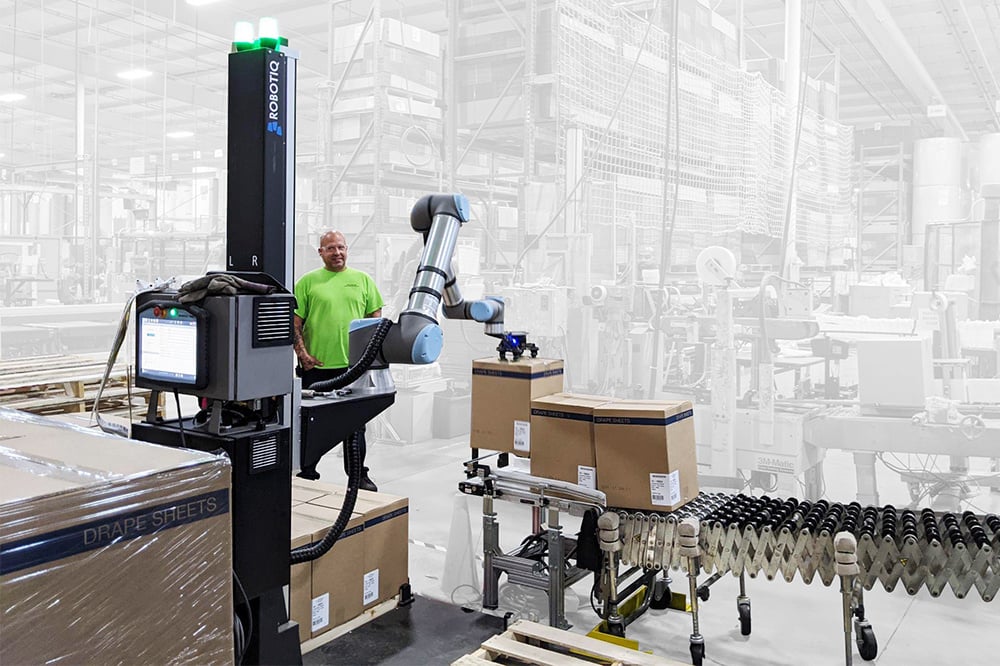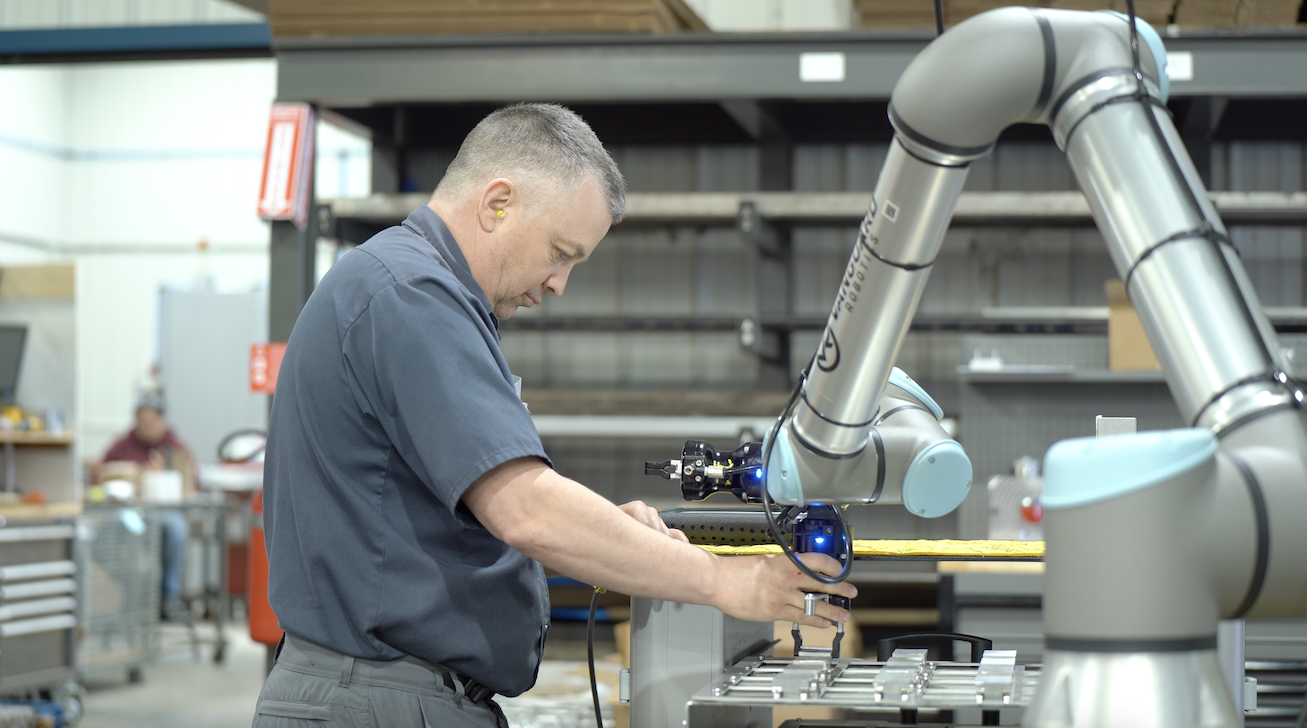Robotic Medical Manufacturing Applications

Posted on Mar 25, 2014 in Manufacturing
3 min read time
As the North-American society grows older, hospital and medical services need to be more efficient. We have seen robotic surgeries becoming more popular in the last few years. These kinds of maneuvers reduce the risk of error and enhance precision, as well as the surgery success rate. Additionally, robotic manufacturing applications are also growing at a fast pace. The following applications are quite surprising and are in fact changing the lives of many people right now.
3D printing
This technology has completely exploded in the past few years. A 3D printer consists of a 3 axis robot with a nozzle that applies layers of certain materials to create a 3D object. An almost infinite kind of shape can be made by using this method. As technology continues to grow quite fast, many diverse materials can also now be used—from regular metal alloys, like steel and aluminum to exotic metals, polymers and even human tissue. Since 3D printers are getting cheaper and more precise, a lot of studies are being done concerning medical manufacturing.
A recent case caught my attention. Last summer, 3-month-old Kaiba Gionfriddo suffered from a rare obstruction in his lungs called bronchial malacia. This disease affects the trachea and restricts the airflow to the lungs. Presently, there is no actual way to solve this problem except by inserting a splint into the trachea. Doctors decided to create a biocompatible splint to place in the child’s body. The 3D printing technology uses polycaprolactone (PCL) a biocompatible polymer that degrades with time and is excreted out of the body once its job is done.
"We can put together a complete copy of a body part on the 3-D printer within a day. So we can make something very specific for a patient very quickly." -Dr. Glenn Green
Kaiba’s lungs had been scanned and analyzed. The information for the affected section was taken from the 3D CAD and transferred to the 3D printer. As soon as the doctors had implanted the 3D printed piece into the child’s body, his lungs immediately began to function properly.
"When the stitches were put in, we started seeing the lung inflate and deflate. It was so fabulous. There were people in the operating room cheering." -Dr Glenn Green
This case is just one of the many biomechanical applications that can be done with 3D printing. Human parts such as knee caps, hips, cartilage, skull parts and teeth can be manufactured using this method.
Polishing
Robotic material removal is a well known application in the industrial manufacturing world. Since body parts are now being manufactured using 3D printers or CNC machines, a supplementary step probably needs to be performed on the part. Since, machining methods often leave imperfections on the part surface. Polishing methods, using a robotic arm, are now used to achieve a perfect surface for knee caps, for example. This surface needs to be polished to a mirror smooth surface to have an effective sliding capability.

The replacement knee cap is usually made from a scan of the initial body part. As the cap isn’t symmetrical, the polishing operation needs to be performed in a certain way. It’s difficult, in fact, almost impossible, for a human worker to polish this correctly and precisely. Robot and programming techniques using compliance and force sensors can provide a great surface finish and an exact form. For further information on the method refer to the following link.
Machine tending
Industrial automation is now a way to compete with other emergent countries. In fact, some experts say that robotic machine tending paired with 3D printers/ CNC machines can change the medical manufacturing world. In the near future doctors will be able to scan the patient's body, send the 3D CAD to the lab and a robot would execute all of the necessary steps within a few hours. This would revolutionize the manufacturing world and reduce the waiting time for patients.
Plenty of other robotic manufacturing applications are being carried out around the world. Although it is often difficult to keep up with all of the new technology that is coming up in the market today, this article has provided a brief introduction to what is going on out there. This may be a niche market at the moment, but this robotic application is very lucrative, precisely because it is such a rare type of manufacturing. It is also an expanding market so, you should definitely consider looking into it and furthering your knowledge on utilizing this type of robotic application.







Leave a comment